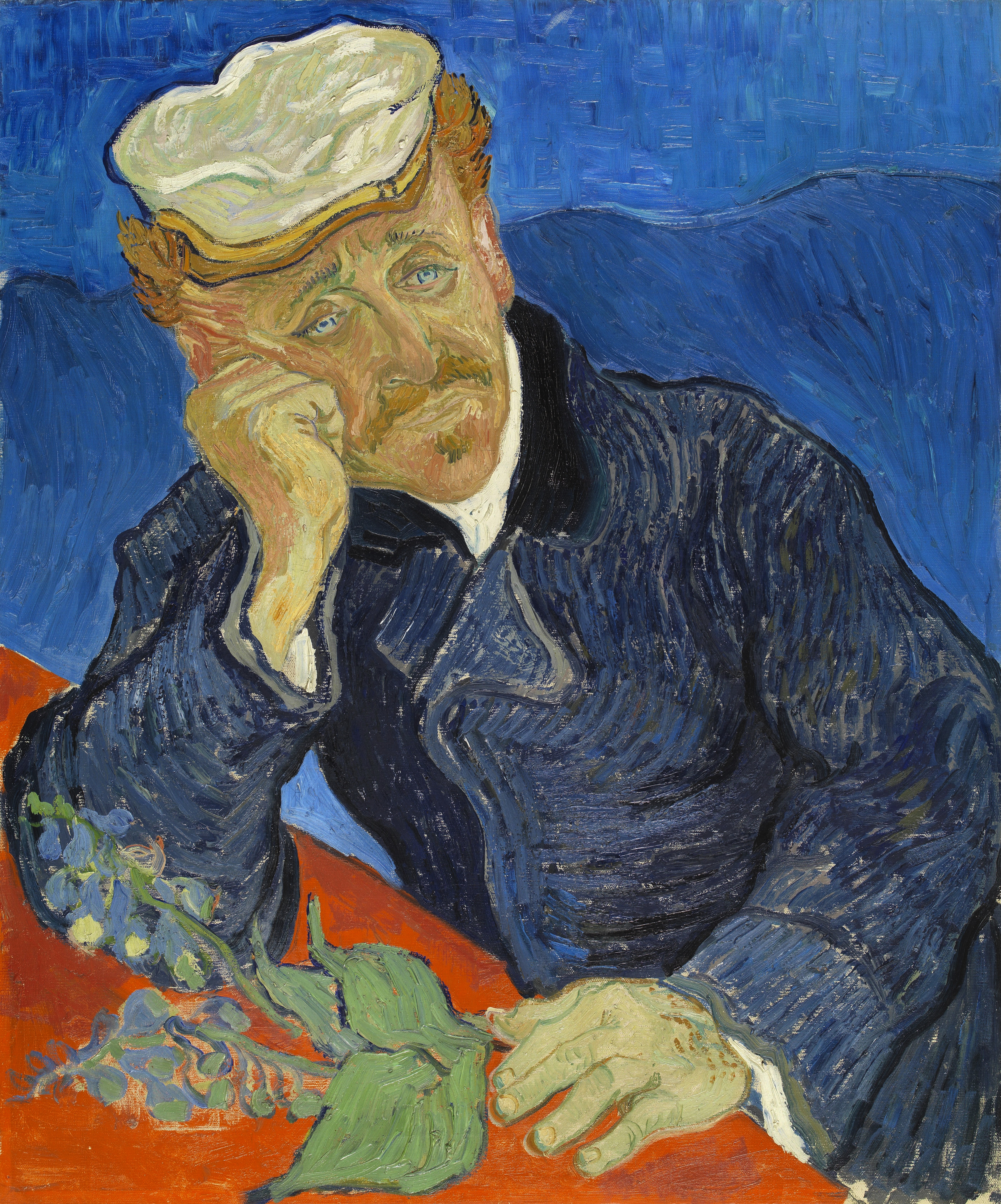 |
| Doris Payne is a sucker for a diamond. |
Doris Payne is a woman whose life would make a great movie. Seemingly sweet, charming and rich, Doris Payne is a woman that no one would
suspect of wrongdoing. This fact has kept her in the international jewel thief
business for roughly half a century.
Doris Payne was raised in West Virginia. She was the
youngest of six children born to a poor coal miner and a housewife. Growing up,
she learned that being black and a girl meant she did not draw the
type of attention that a well-to-do white woman did. In other words, clerks did
not pay enough attention to her to notice if she was stealing from them or not.
She did not use this knowledge until she realized something else. Clerks paid
her the right kind of attention if she dressed like a rich black woman. Money
talked and, if she pretended she had it, she could get clerks at jewelry stores
to make every effort to impress her. If she played her cards right, she could
wow them with her charm and well-to-do looks and then walk right out of the
store with expensive jewelry–typically diamond rings.
After Doris Payne graduated high school, she was pregnant,
working at a nursing home and trying to help her mother following her parents'
divorce. She already knew her con; she just had to put it into action. Once she
did, she became a prolific thief, stealing rings that were worth tens of
thousands of dollars and selling them for a fraction of the retail value. She
never went back to having an honest vocation again.
Interpol has reportedly been on to Doris Payne since the
1970s. She has allegedly had as many as 20 identities, at least five with their
own social security numbers. She has worked in several of the United States and
countries abroad. She has also been arrested countless times and has been
jailed at least six times. She is currently 80-years-old and serving a
five-year prison sentence.
On January 1, 2010, Doris Payne stole a diamond ring worth
9,000 dollars from a department store. As usual, she dressed like a rich woman
and conned the clerk into showing her numerous pieces. She then simply walked
out of the store with the ring. She was caught and in February of 2011, she was
sentenced to five years in prison for the theft. She will be 85 when she gets
out. Authorities believe that she will not stop stealing until she is dead. It
looks like they are right.
Update: Payne was arrested again in 2015 for stealing a pair of earrings. She is also wanted for stealing a ring.
As much of a career criminal as Doris Payne is, she is not a
violent woman. All of her cons have simply been cons and thefts. She has never
used violence to steal. That is probably what has kept her from serving longer
jail sentences. Her crimes appear to be compulsory. It may be that she is
simply addicted to the game. In that case, she is not a very bad person. She is
just a person who makes very bad choices.
Sources
ABC News, International Jewel Thief, 80, Sentenced to 5
Years, retrieved 5/21/11,
abcnews.go.com/Blotter/international-jewel-theif-doris-payne-80-sentenced-years/story?id=12883316
MSNBC, 75-Year-Old Jewel Thief Looks Back, retrieved
5/21/11, msnbc.com/id/10072306/print/i/displaymode/1098



